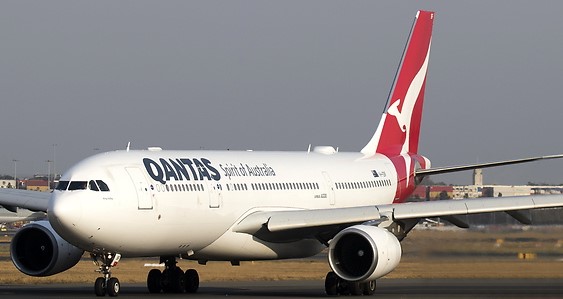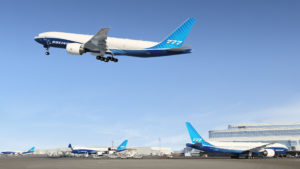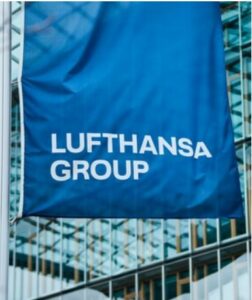The Qantas Group will establish an AU$400 million climate fund to provide direct investments in sustainability projects and technologies, as the airline works towards its emissions reduction targets.
The Qantas Climate Fund, announced as part of the Group’s Investor Strategy Day, will be the largest aviation fund of its kind. The fund includes the ~AU$290 million partnership established last year between Qantas and Airbus to accelerate a domestic sustainable aviation fuel (SAF) industry in Australia and an additional AU$110 million from Qantas for other environmental projects such as high-integrity carbon offsets, offshore SAF investments, and operational efficiency technologies.
The fund will target direct investment in technologies and projects, investment in managed sustainability funds that align closely to the airline’s targets, and research and development partnerships.
The airline has committed to reducing carbon emissions by 25% by 2030 (based on 2019 levels) and 10% use of SAF in the Group’s fuel mix by 2030 as it moves towards net-zero emissions by 2050.
SAF is the most significant tool airlines currently have to reduce their emissions, particularly given it can be used in today’s engines and fuel delivery infrastructure with no modifications.
Qantas is currently purchasing SAF sourced overseas, including ten million litres for flights out of London in 2023, and from 2025, 20-million litres per year for flights out of California. However, Australia does not have a local commercial-scale SAF industry.
Domestically produced SAF will be a key part of the Qantas Group reaching its commitment to use 10% SAF in its overall fuel mix by 2030 and around 60% by 2050.
To help kickstart local production of SAF, the Group is today calling for the Australian Government to introduce an SAF blending mandate as part of a broader framework of industry policies, similar to those already announced in other jurisdictions. The UK, Europe and Japan have set or proposed mandates of between 5% and 10% to be reached by the end of the decade and the US has set a 2030 production target of 3 billion gallons per year. (£1.00 = AU$1.91 at time of publication).






























